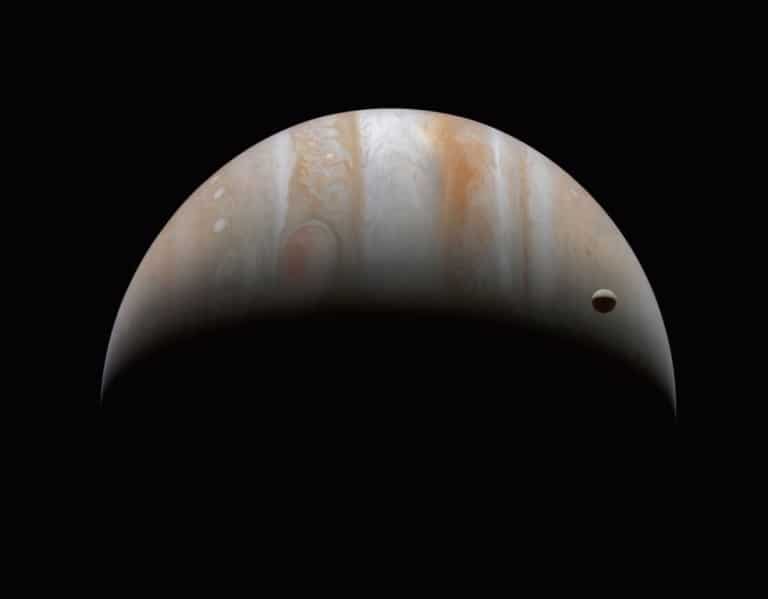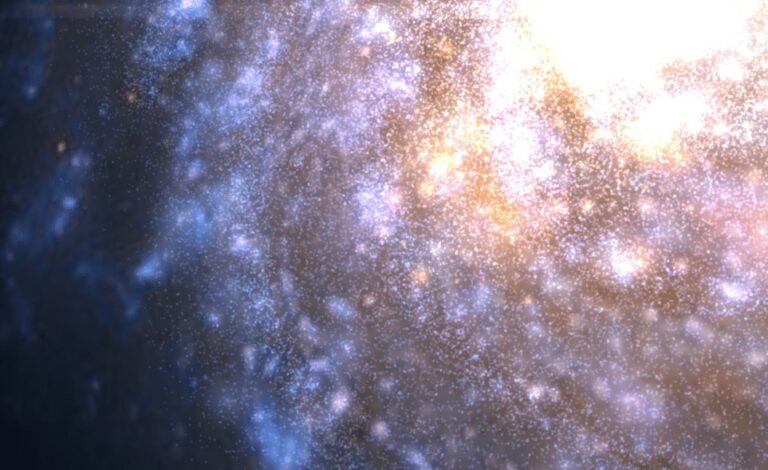What would our planets look like if you flew by?

Artist Michael Benson has made some pretty fun and stunning images of celestial bodies in our solar system rendered in a manner that supposedly mimics the way our human eyes would perceive them if we were to fly by.
